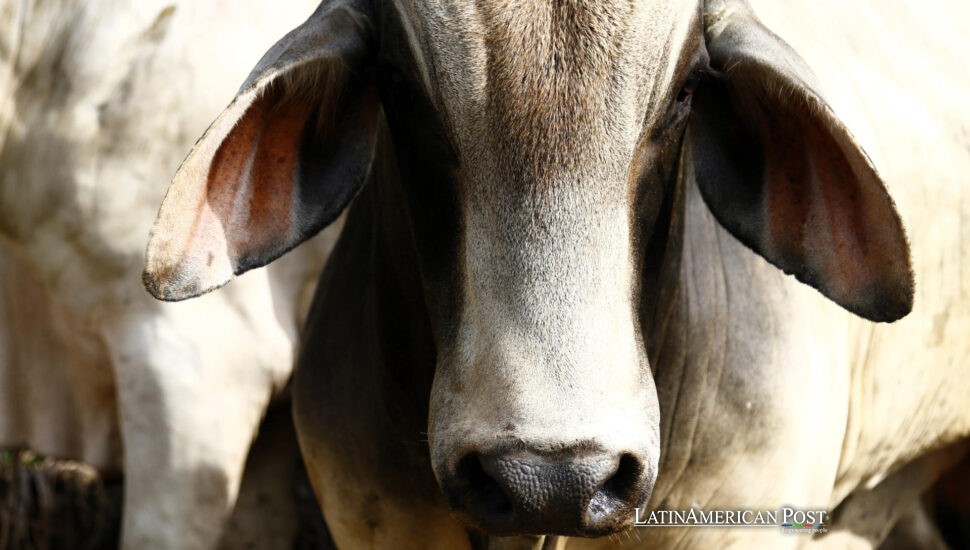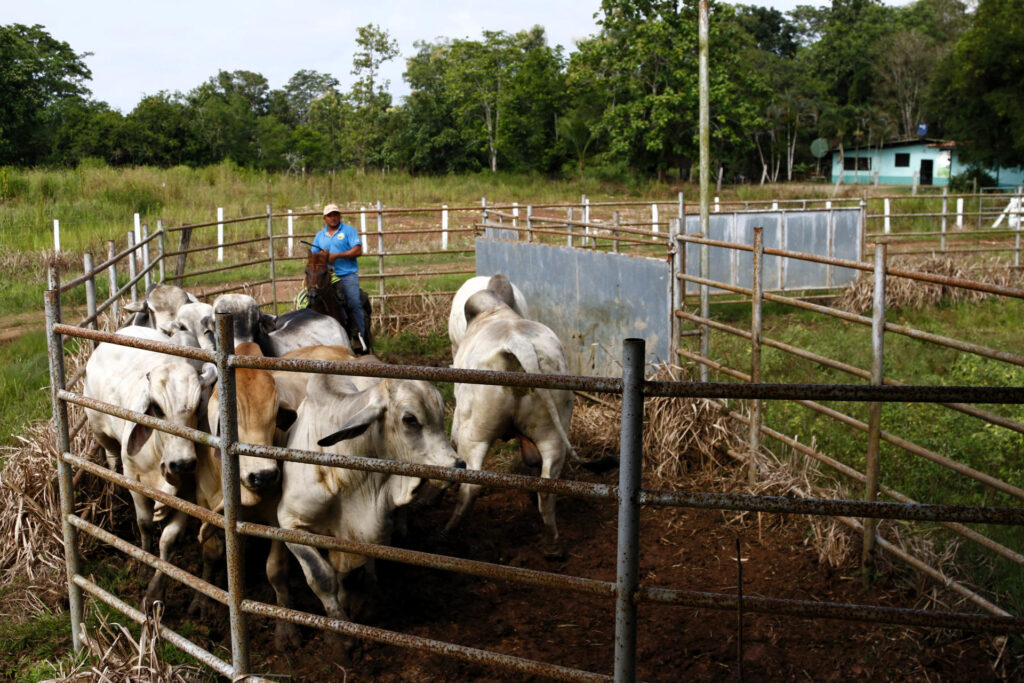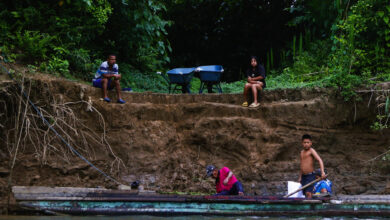Panama Battles Screwworm Surge as Flesh-Eating Fly Creeps Back into the Americas

Along the jungle edge of Darién, ranchers are losing livestock and scientists are losing sleep—because the New World screwworm, once thought defeated, is back in Panama’s pastures, laying waste to animals, budgets, and a decades-long public health victory.
The Jungle That No Longer Holds
For years, Panama’s section of the Darién Gap—that tangled, roadless jungle separating Central and South America—acted like a living firewall. It blocked everything from roads to disease, and for more than a decade, it blocked the New World screwworm, a parasitic fly whose larvae feed on living tissue.
That firewall gave way in January 2023.
After the pandemic disrupted Panama’s sterile-fly program and temperatures in the forest rose by two or three degrees, wild screwworm populations burst back to life, slipping across the border from Colombia into the Darién. The containment line, once considered unbreakable, crumbled in weeks. Cases were soon logged not just in Panama, but also in Costa Rica, Nicaragua, and even Mexico, undoing nearly 30 years of regional progress.
According to Dr. Carlos Moreno, director of Panama’s screwworm eradication efforts, the pace of the resurgence was staggering. “We were trained to deal with a thousand wild flies,” he told EFE, “but we were suddenly facing millions.”
The insect—Cochliomyia hominivorax—earns its name: hominivorax, or “man-eater.” Its larvae burrow into the open wounds of mammals, including humans, and feed on flesh until they are removed—or the host dies.
Where Livestock Becomes Easy Prey
Out in the grasslands of Darién Province, ranch foreman Nelson Moreno doesn’t need to check lab reports. He knows screwworms are back the moment he smells it—a sickly sweet odor rising from a calf’s infected ear.
“If you leave it for a week, they’ll eat the meat and kill the animal,” he told EFE, swatting away flies as he dabbed insecticide on a seeping wound. “They lose an ear. They lose a leg. You lose money.”
Cattle grazing practices in Central America are tailor-made for the parasite. Herds roam for days, often without human oversight. All it takes is one minor wound—maybe from a barbed wire fence or a dog bite—and the flies move in. Female screwworms can lay hundreds of eggs in a single cut. Within hours, the larvae hatch and begin tunneling into living tissue.
While humans, dogs, and wildlife can all fall victim, cattle are the most common host. Every infestation means lost weight, veterinary costs, and sometimes the death of a prized animal. Multiply that across thousands of cases, and the economic toll mounts quickly.
Ranchers, many of whom have never seen screwworms before, are learning fast—and often the hard way.
The Science of Fighting Flies with Flies
Back in Panama City, a quiet war is being waged in a sterile insect factory east of the capital. There, technicians at COPEG—the Panama-U.S. Commission for the Eradication and Prevention of Screwworm—raise to 100 million screwworm flies a week, only to irradiate them with gamma rays, rendering the males sterile.
The logic is brutal and brilliant. Release enough sterile males, and they outcompete fertile ones. When wild females mate with them, they lay eggs that never hatch. Over time, the population collapses.
The method worked flawlessly for decades. From Texas to Panama, sterile flies marched southward in the 1990s, pushing the parasite off the map, country by country.
But when COVID hit, supply lines faltered. Flights stopped. Staff shortages and budget cuts slowed sterile fly production. The outbreak in Panama is a direct result.
To make matters worse, factories in the U.S. and Mexico that could pick up the slack remain idle, leaving Panama’s single facility to fight the entire continental battle.
“We were promised reinforcements,” Dr. Moreno said. “But we’re holding the line alone.”

The Fight Moves North—and the Stakes Rise
Now, most of Panama’s sterile flies aren’t even being dropped over Darién. They’re flown north, to southern Mexico, where officials hope to stop the screwworm before it crosses the Río Grande and re-infects the United States.
It’s a race against time.
Outreach teams in Mexico, Guatemala, and Honduras are going farm to farm, holding plastic vials of preserved larvae, begging ranchers to recognize the signs, to treat wounds quickly, and to report outbreaks. For many, the parasite is an old ghost, a word their grandparents used but that disappeared from memory—until now.
“There’s a whole generation that doesn’t know what this is,” Dr. Moreno said. “And we need their help, fast.”
The resurgence is made worse by climate instability, porous borders, and a surge in livestock trade. Officials warn that if coordination stalls, screwworm could become entrenched from Guatemala to Texas, threatening not just cattle but also wildlife species like tapirs, deer, and jaguars.
Still, Dr. Moreno sees a path forward. “This is a setback,” he admitted. “But not a defeat.”
The November Minamata Convention meeting could provide momentum. Nations may finally close loopholes that allow mercury-based gold mining—another driver of Amazonian parasite spread—and approve emergency funding for more sterile fly production.
But victory will demand international resolve, not just planes and pesticides. As it did in the 1990s, the solution will require binational trust, science diplomacy, and constant vigilance.
At dawn in Darién, ranchers begin their day scanning their herds not for rustlers, but for that telltale green-blue shimmer—the screwworm fly, whose iridescent beauty masks an ancient terror.
Thirty years of progress may have been undone in eighteen months, but Panama is not surrendering. With scientists in the sky and ranchers in the field, the battle has resumed.
Also Read: In Celaya, Mexico, a Mayor Fired Half the Police—But the Cartel War Rages On
This time, they know what’s at stake. Not just livestock. Not just livelihoods. But the belief that, even in a world of shifting climate and porous borders, science and coordination can still hold the line against decay.
—Quotes and interviews in this story were provided to EFE.





